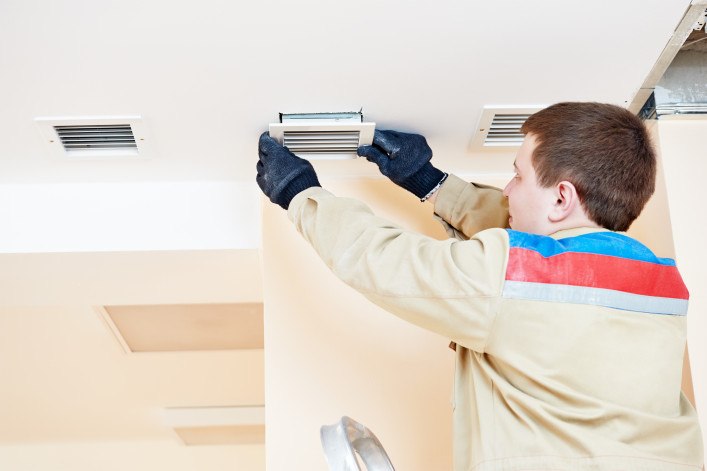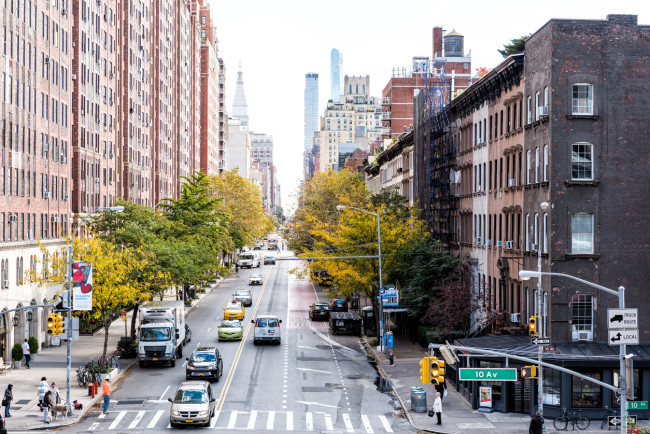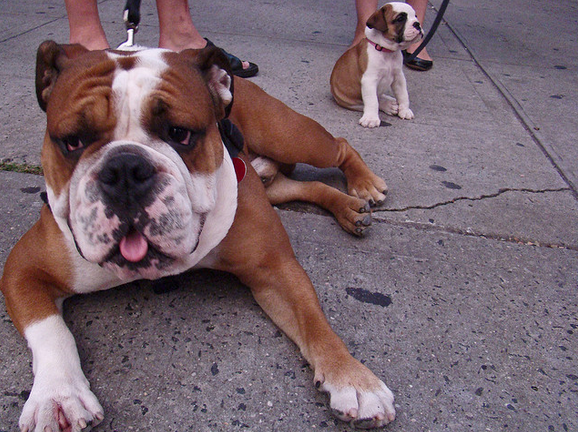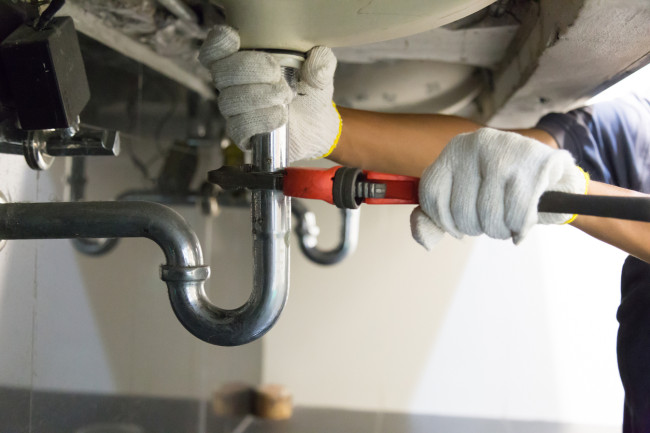Banishing bad odors and pollutants: 4 apartment issues that affect air quality, and how New Yorkers can deal with them

You only need to check the black dust and grime that accumulates on your windowsills to know that New York’s not-so-great outdoors has a way of making its way into apartments. And your indoor air quality can be negatively impacted by factors that range from the annoying (like pet smells wafting over from your cat-hoarding neighbor’s space) to the dangerous (like mold growing beneath floorboards and kicking your allergies into high gear).
So how can you keep your home a sanctuary from unwelcome odors and pollutants? We spoke to Ed Olmsted of Olmsted Environmental Services, a full-service industrial hygiene company that has been helping residences and businesses keep their spaces free of health hazards and annoyances, who broke down some of the most common complaints about indoor air quality in NYC, and how to address them:
Mold
In a city as densely populated (and humid!) as New York, mold is one of the greatest obstacles to pristine air quality inside apartments. Water leaks can be insidious, going unnoticed and causing mold to sprout beneath your floor from your upstairs neighbors. According to the Poison Control Center, mold can create unpleasant smells and soggy carpets, along with more serious problems, like respiratory issues, exacerbated allergies, asthma, and infections.
Because mold is often invisible, it’s not unusual for apartment dwellers to start experiencing mold-induced health problems without realizing why, Olmsted says, but there are several warning signs.
If you notice the ceilings in the kitchen and bathroom are stained or appear to have been patched over, you can bet it was due to water damage, in which case there may also be mold. “These are the two most common places because of plumbing above you," explains Olmsted.
You may also find mold around air-conditioning units, which create a tremendous amount of condensation. Units that are over 20 years old are prone to leaks and should be replaced, Olmsted says, but some buildings will try to make them last forever. “When they start leaking, water runs into the floor and goes under the wood,” Olmsted explains. “Sometimes the wood may start to warp and curl, and you might never see water, but mold grows underneath it.”
As always in NYC, if you suspect you have mold in your apartment, first try to address the problem with your landlord or super. If they’re uncooperative, file a mold complaint with the city. However, Olmsted notes that if a city inspector doesn’t see any mold, they won’t issue a citation, so your best bet is to call in a mold assessor, who will come and test the air.
“If it’s hidden, it will show up in air samples,” he says. “It’s very hard to find, so you want to get someone with experience at this.”
Cigarette smoke
Unfortunately, your neighbor’s bad habit can become a major headache for you: Cigarette smoke has a way of intruding into adjacent spaces and causing a stink that’s hard to get rid of. And even if you’re not around smokers now, if the previous tenant in your space smoked indoors, the smell—and the harmful chemicals—can linger.
According to the NYC Coalition for a Smoke-Free City, in some multi-dwelling buildings, up to 65 percent or air is shared between units—which means if you’re adjacent to a smoker, you’re likely to be exposed to plenty of second-hand smoke. Smokers can be burdensome to landlords, too: It’s costly to rehabilitate the apartment of a smoker once they leave.
“I’ve been in apartments where people are not actively smoking, but it smells like a bar,” Olmsted says, noting a new phenomenon called “third-hand smoke,” in which the particles left behind by a smoker stick to walls. “People are looking at what the risks are of that,” he says. “The big worry is that there are carcinogens that adhere to the walls.”
Fortunately, you have several options for dealing with second- and third-hand smoke. “If you smell it, we can measure it,” Olmsted says. This means an inspector like Olmsted can determine the amount of nicotine in the air and address the problem by having cleaners come in and remove the residue. Then, have your walls re-painted to further seal in the harmful chemicals.
Olmsted points out that city rules don’t forbid tenants from smoking in their apartments, but a co-op or condo board could opt to write rules up to ban cigarettes indoors. The NYC Coalition for a Smoke-Free City offers resources and tips on how to make your building smoke-free. (Read this for tips on how to deal with a chain-smoking neighbor and find out which buildings in the city have banned smoking entirely.)
Pet odors
Pets are wonderful companions, of course, but they can also be the source of unpleasant odors. “I saw an apartment where a woman had six cats, and it smelled like cat urine—and the people next door could smell it, too,” Olmsted says. Just as cigarette smoke can drift between units, so too can the aroma of stinky dogs and cats, especially if your neighbor has multiple animals.
“Air cleaners work okay, but they may not be enough,” Olmsted says. Instead, he recommends the installation of high-quality exhaust ventilation—that is, fans that allow outside air to flow into the building in a controlled manner, dispersing foul indoor odors.
If encouraging your neighbor to get their furry friend groomed doesn’t help, speak to your landlord or building management about the problem. In the worst case scenario of pet hoarding, your neighbor can get the boot—the woman Olmsted mentioned who had six cats, for instance, was ultimately evicted.
Smells from restaurants and other businesses
If you live over a bar or restaurant, noise may not be your only concern. “I had one client who lived over a Quizno’s and was inundated with the smell of burnt toast,” Olmsted recalls. Unfortunately, remedies can be time consuming and costly. “Ultimately, they sealed the ceiling and put in all kinds of ventilation," he adds. "It took a legal process and a lot of time.”
Food odors can be annoying, but with aromas from other businesses can also come actual health hazards. Dry cleaners and nail salons, for instance, may both use chemicals in their work that release noxious—and dangerous—fumes to the people living nearby.
“OSHA is really targeting the cosmetology industry and looking at all these things, because they’re exposing their employees and the neighbors to toxic chemicals,” Olmsted explains. (Indeed, the agency offers a guide to salon workers; if you live above a salon that does not seem to be following these guidelines, you can file a complaint with the city’s Department of Consumer Affairs.)
The dangers of perc—a substance used at many dry cleaners that is associated with a number of health issues—has come to the attention of the Department of Health, which offers resources on how to have your home tested for its presence.
You Might Also Like




























